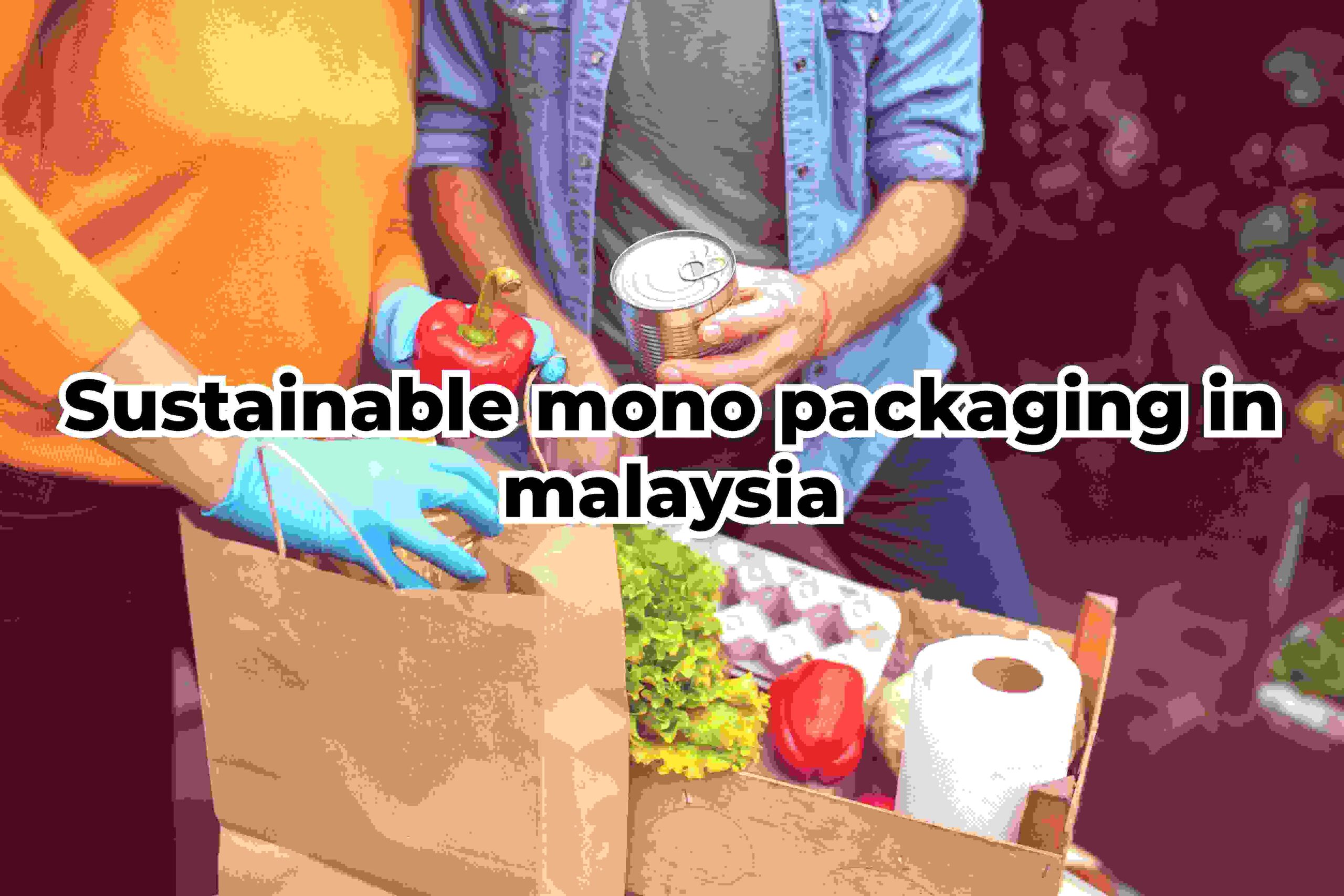

Exploring the Foundations of Sustainable Mono Packaging Materials in Malaysia
Introduction:
In Malaysia, the transition towards sustainable packaging solutions is gaining momentum as businesses and consumers alike recognize the importance of reducing environmental impact. At the heart of this shift lies the adoption of sustainable mono packaging materials – the building blocks of eco-friendly packaging solutions. This article delves into the diverse array of materials that serve as the backbone of sustainable mono packaging in Malaysia, highlighting their attributes, advantages, and contributions to environmental sustainability.
1. Paper and Cardboard:
Paper and cardboard are among the most widely used materials in sustainable mono packaging due to their versatility, recyclability, and biodegradability. Sourced from renewable forests or recycled paper fibers, these materials offer a sustainable alternative to conventional plastic packaging. In Malaysia, paper-based packaging solutions, such as corrugated boxes, paper bags, and cartons, are commonly used for a variety of applications, including food packaging, retail packaging, and shipping containers.
Advantages:
– Renewable and biodegradable: Paper and cardboard are derived from natural fibers, making them renewable resources that can be replenished through sustainable forestry practices.
– Recyclability: Paper and cardboard packaging can be easily recycled through existing waste management systems, reducing the burden on landfills and promoting a circular economy.
– Customizability: Paper-based packaging can be customized in terms of size, shape, and design, offering flexibility to meet diverse packaging needs and branding requirements.
2. Bioplastics:
Bioplastics are a category of materials derived from renewable biomass sources, such as plants, starches, or agricultural residues. In contrast to conventional plastics derived from fossil fuels, bioplastics offer a more sustainable alternative with reduced environmental impact. In Malaysia, bioplastics are gaining traction as a viable option for sustainable mono packaging, particularly in sectors such as food packaging and disposable cutlery.
Advantages:
– Renewable and biodegradable: Bioplastics are derived from renewable biomass sources, making them biodegradable and compostable under certain conditions.
– Reduced carbon footprint: Bioplastics have a lower carbon footprint compared to conventional plastics, as they sequester carbon during the growth phase of the biomass feedstock.
– Versatility: Bioplastics can be formulated to exhibit a wide range of properties, including flexibility, durability, and barrier properties, making them suitable for various packaging applications.
3. Compostable Materials:
Compostable materials are designed to break down into organic matter under controlled composting conditions, resulting in nutrient-rich compost that can enrich soil health. In Malaysia, compostable materials such as compostable plastics and paper-based products are increasingly used in sustainable mono packaging, particularly for food service and single-use items.
Advantages:
– Environmental compatibility: Compostable materials break down into natural components without leaving behind harmful residues or toxins, minimizing environmental impact.
– Soil enrichment: Compost derived from compostable materials can be used as a nutrient-rich soil amendment, promoting soil fertility and enhancing agricultural sustainability.
– Regulatory compliance: Compostable materials often comply with international standards and certifications for compostability, providing assurance of their environmental credentials.
4. Recycled Materials:
Recycled materials play a crucial role in sustainable mono packaging by diverting waste from landfills and reducing the demand for virgin resources. In Malaysia, recycled materials such as recycled paper, cardboard, and plastics are utilized in packaging applications, contributing to resource conservation and waste reduction efforts.
Advantages:
– Waste diversion: Recycled materials utilize post-consumer or post-industrial waste streams, diverting waste from landfills and reducing the environmental burden of waste disposal.
– Energy savings: Recycling materials requires less energy compared to manufacturing virgin materials from raw resources, resulting in energy savings and reduced carbon emissions.
– Closed-loop systems: Recycled materials can be integrated into closed-loop systems, where products are recycled and reused indefinitely, promoting a circular economy and resource sustainability.
Conclusion:
In conclusion, sustainable mono packaging materials serve as the cornerstone of eco-friendly packaging solutions in Malaysia, offering a pathway towards reducing environmental impact and promoting sustainability. From paper and cardboard to bioplastics, compostable materials, and recycled resources, the diverse array of materials used in sustainable mono packaging exemplifies Malaysia’s commitment to environmental stewardship and resource conservation. By embracing these materials and fostering innovation in sustainable packaging solutions, Malaysia can pave the way towards a greener, more sustainable future for generations to come.

